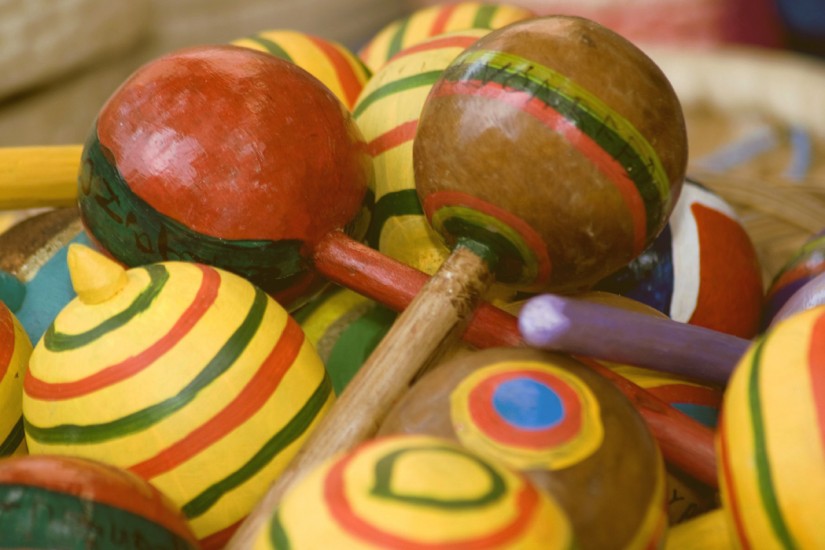Finding a new center, or a new listening point, for the history of popular music is at the heart of The Tide Was Always High. Kun’s wide-ranging introductory essay and the more particular contributions from a variety of writers display just what a substantial and ambitious task this book is to undertake. In order to pull it off, Kun asks us to rethink not only what is Latin American about Los Angeles culture, but also what is truly “Los Angeles” about the work of Latin American musicians? In order to make the argument, he is willing to rethink how hierarchies of taste and value are established and revised. In arguing for the pervasiveness of the Latin influence on American music, he is less interested in pitting genres against one another, or even determining critical value within a genre, than he is in showing connections among them all. Los Angeles session musicians like da Costa, whom some in the music press over the years have held in a sort of mild contempt as slick guns-for-hire, provide the intellectual model for Kun’s project. They treat each session, no matter the artist nor the context—whether commercial jingle, Hollywood soundtrack, jazz, pop—as an opportunity to make an important and distinctive cultural contribution, one rooted in their own ethnic backgrounds but functioning as anchor points for someone else’s music. In doing so, Kun argues, they essentially are remaking American cultural expression with a Latin American cast.
But The Tide Was Always High does far more than send music geeks who actually read session credits (this reviewer included) back to their record collections to be reminded of just what da Costa, Alex Acuña, and their compatriots have been doing in Los Angeles studios over the past several decades. John Koegel takes a deep dive into the history of Mexican musical theater in pre-1930 Los Angeles. Walter Aaron Clark’s study of Carmen Miranda and Carol Ann Hess’s on Disney’s Saludos Amigos reveals the ways Hollywood has played with concepts of ethnic or folk authenticity. We learn of Latin music at the high end of the musicians’ union schedule (Agustin Gurza on the Hollywood Bowl) and also at the low end, and begin to understand the very short cultural distance between the two (Daniel F. Garcia on the Paramount Ballroom in Boyle Heights).
The question of what is real and what is not is, of course, fundamental to modern entertainment, from Barnum and coon shows to lip-synched pop concerts. One of the great values of this volume is the ways it reveals the layers of Latin American music in Los Angeles, from the personae of performers—Portuguese-born Carmen Miranda as a representative of exotic Brazil and Latin America in general; Yma Sumac’s Inca princess character defining the Peruvian—to the very permutations of the music and the mixing of audiences for various styles of Latin American sounds. What might be considered the ersatz seems to matter as much as the real thing, if for no other reason than that such categories are made moot by the eclecticism of the musicians themselves, with bandleader and composer-for-all-seasons Esquivel! as a prime example—Hans Ulrich Obrist’s interview with the effervescent pianist, Juan García Esquivel, is especially valuable for this reason alone.
